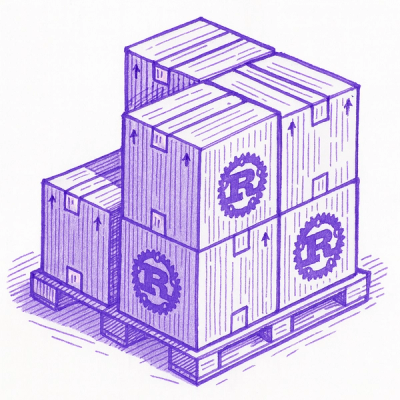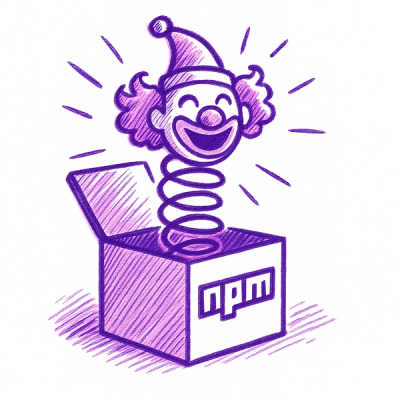
Security News
Crates.io Implements Trusted Publishing Support
Crates.io adds Trusted Publishing support, enabling secure GitHub Actions-based crate releases without long-lived API tokens.
webgl-plot
Advanced tools
multi-line high-performance 2D plotting library using native WebGL. The advantages are:
When plotting real-time multiple waveforms are required. For example, software-based oscilloscopes, Arduino, microcontrollers, FPGA user interfaces. This framework also can be used in combination with ElectronJS.
cannot change the line width due to the OpenGL implementation of a line. The OpenGL specification only guarantees a minimum of a single pixel line width. There are other solutions to increase the line width however they substantially increase the size of data vector and take a hit on the performance.
Create an HTML canvas:
<div>
<canvas class="canvas" id="my_canvas"></canvas>
</div>
Import WebGL-Plot library using ES6 modules:
import WebGLplot, { WebglLine, ColorRGBA } from "webgl-plot";
Initialization:
const canv = document.getElementById("my_canvas");
const devicePixelRatio = window.devicePixelRatio || 1;
const numX = Math.round(canv.clientWidth * devicePixelRatio);
const color = new ColorRGBA(Math.random(), Math.random(), Math.random(), 1);
const line = new WebglLine(color, numX);
const wglp = new WebGLplot(canv);
Add the line to webgl canvas:
line.lineSpaceX(-1, 2 / numX);
wglp.addLine(line);
Configure the requestAnimationFrame call:
function newFrame() {
update();
wglp.update();
window.requestAnimationFrame(newFrame);
}
window.requestAnimationFrame(newFrame);
Add the update function:
function update() {
const freq = 0.001;
const amp = 0.5;
const noise = 0.1;
for (let i = 0; i < line.numPoints; i++) {
const ySin = Math.sin(Math.PI * i * freq * Math.PI * 2);
const yNoise = Math.random() - 0.5;
line.setY(i, ySin * amp + yNoise * noise);
}
}
React example is under development...
See examples based on vanilla JS at webgl-plot-examples
See examples based on React
See SPAD Simulation which use WebGL-Plot as an oscilloscope display
To use WebGL-Plot as a JS pre-bundled package first import the following in your HTML file:
<script src="https://cdn.jsdelivr.net/gh/danchitnis/webgl-plot@master/dist/bundle.min.js"></script>
See examples on how to use this bundle in Codepen and JSfiddle
Notice that this method is only recommended for test and small codes.
See here 📑
You can use WebUSB, Web Bluetooth, and Serial API. Examples will be provided soon.
npm i
npm run build
MIT
FAQs
High-performance 2D plotting library based on native WebGL
The npm package webgl-plot receives a total of 765 weekly downloads. As such, webgl-plot popularity was classified as not popular.
We found that webgl-plot demonstrated a healthy version release cadence and project activity because the last version was released less than a year ago. It has 0 open source maintainers collaborating on the project.
Did you know?

Socket for GitHub automatically highlights issues in each pull request and monitors the health of all your open source dependencies. Discover the contents of your packages and block harmful activity before you install or update your dependencies.

Security News
Crates.io adds Trusted Publishing support, enabling secure GitHub Actions-based crate releases without long-lived API tokens.

Research
/Security News
Undocumented protestware found in 28 npm packages disrupts UI for Russian-language users visiting Russian and Belarusian domains.

Research
/Security News
North Korean threat actors deploy 67 malicious npm packages using the newly discovered XORIndex malware loader.